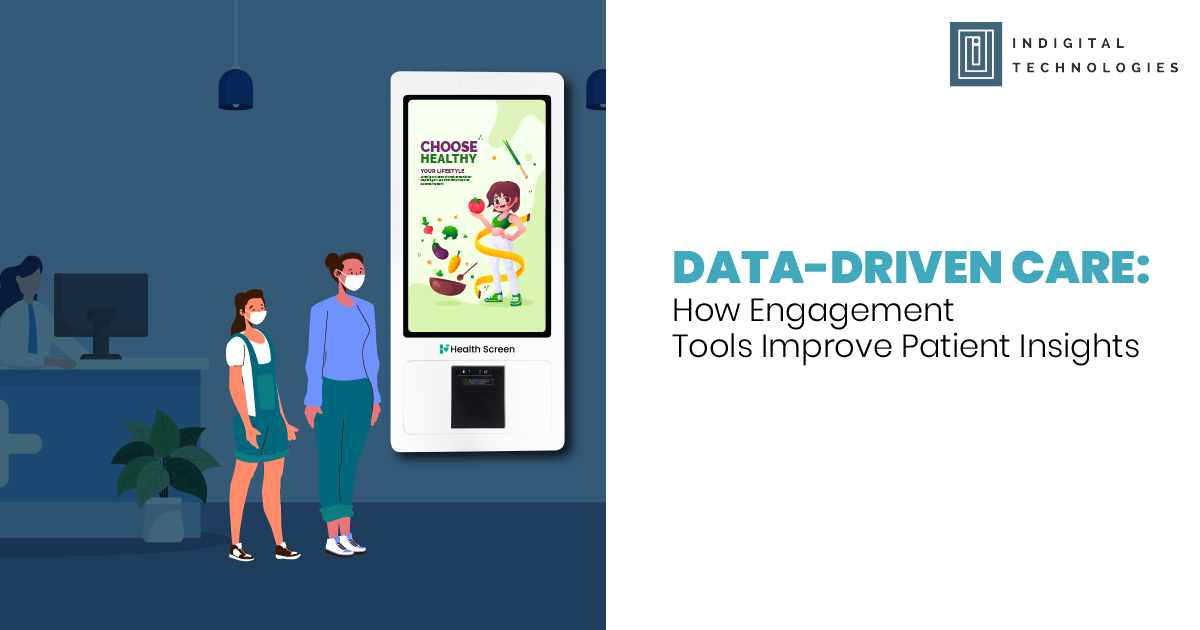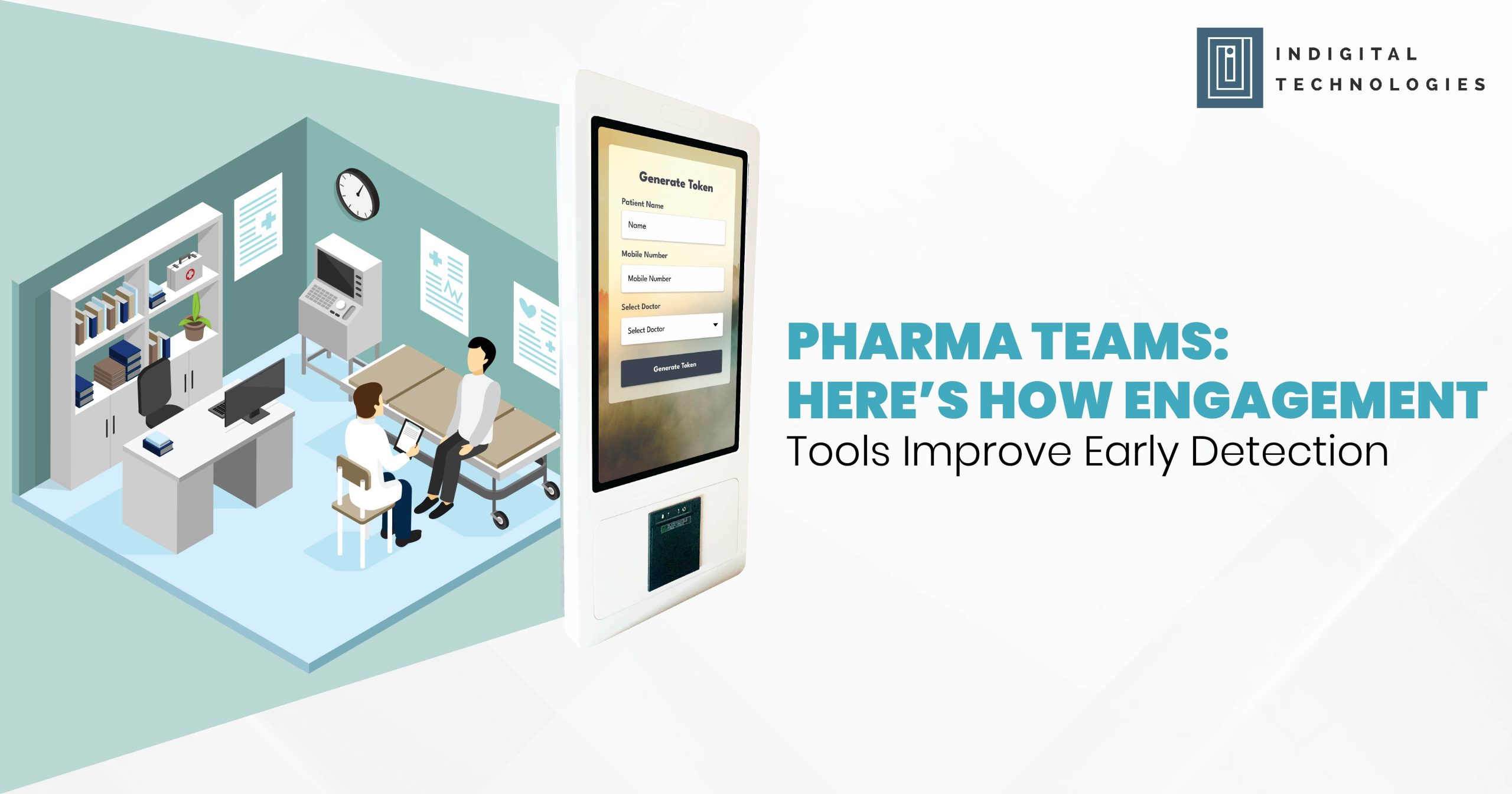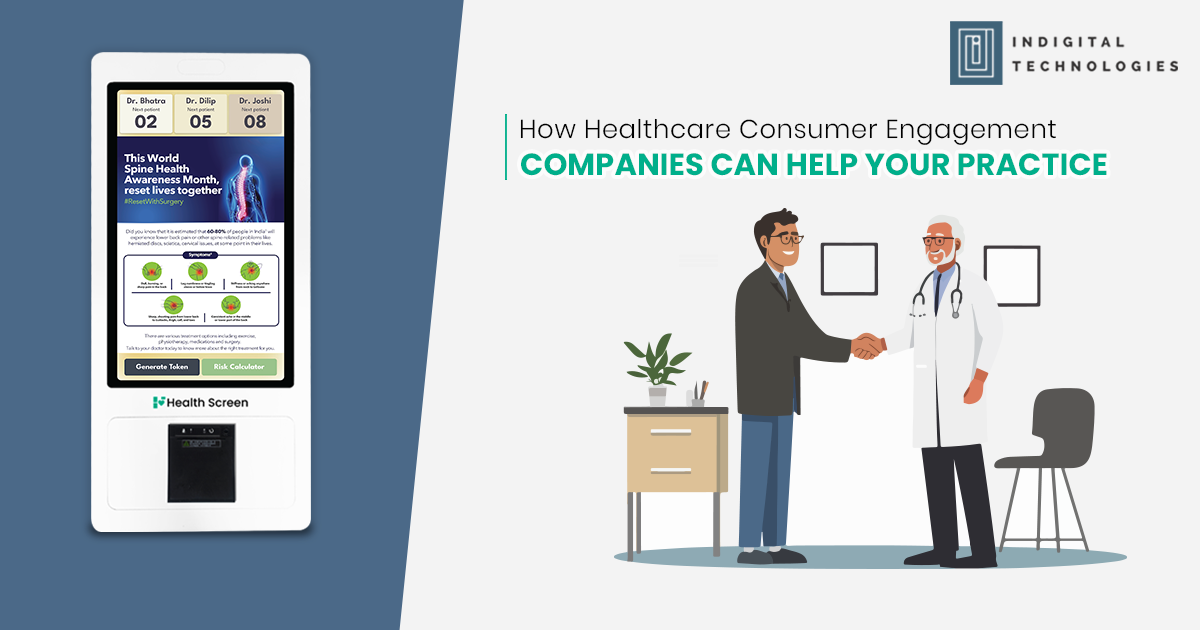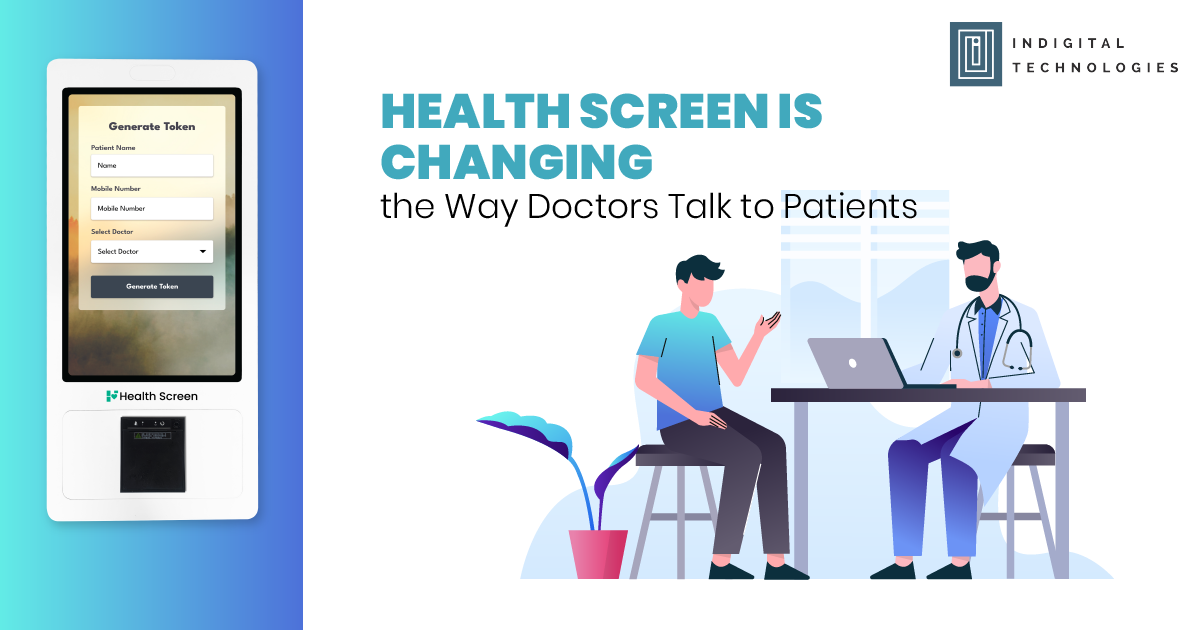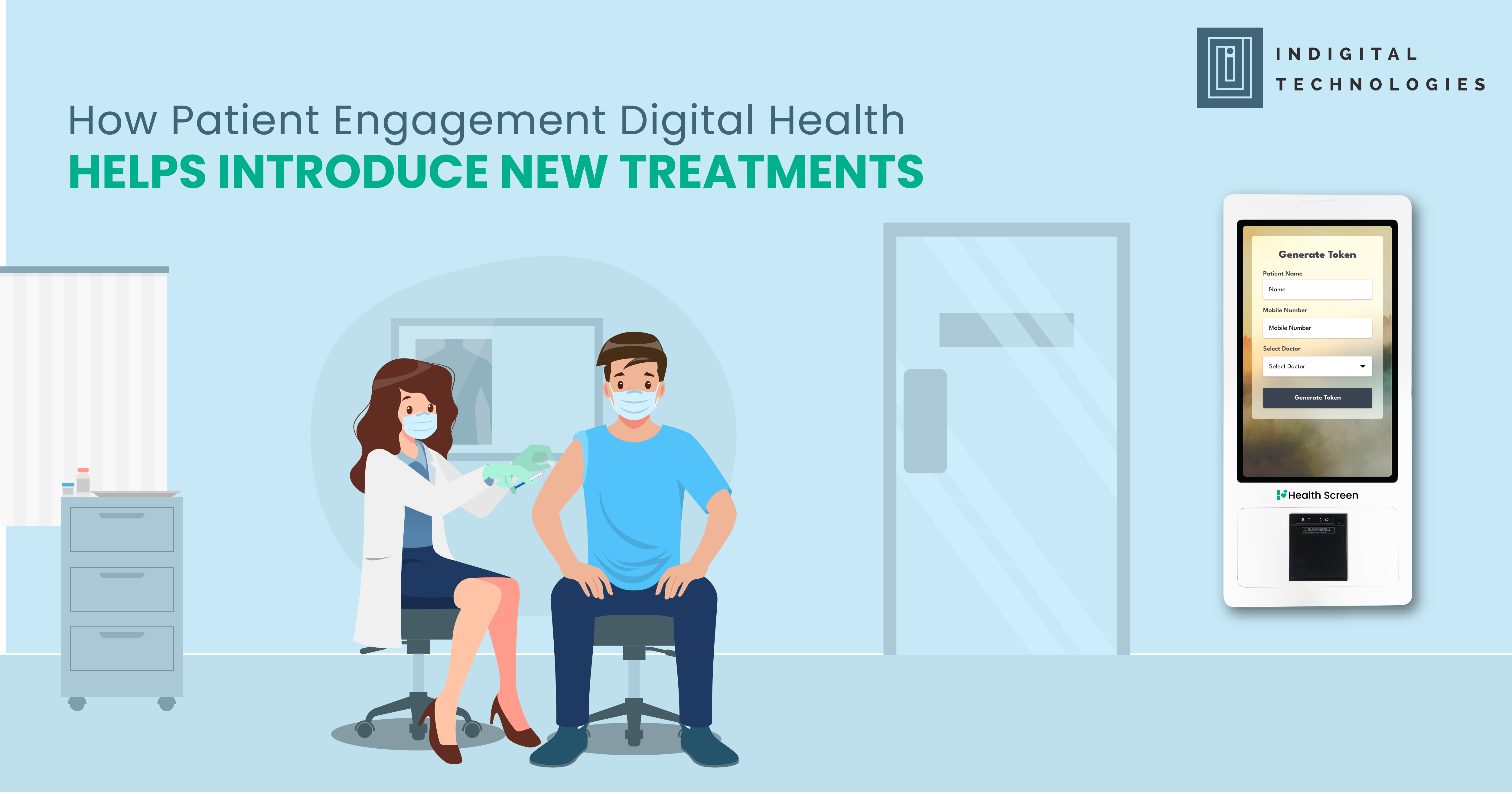Introduction: Guesswork Doesn’t Belong in Modern Medicine
In today’s clinical landscape, the phrase “We think” is giving way to “We know.” That’s because the most successful clinics no longer rely solely on experience or assumption—they use data to guide decisions.
From risk prediction to follow-up compliance, engagement tools are unlocking a treasure trove of patient insights. These insights don’t just inform treatment—they transform care, streamline operations, and reveal how patients truly engage with their health.
1. Why Patient Data Matters More Than Ever
Patient care is no longer a one-time event. It’s a journey—and every touchpoint offers valuable information:
- How long did the patient wait?
- Did they understand the treatment?
- Were reminders followed?
- Did they return for follow-up?
With the right digital tools, clinics can now capture and interpret this data effortlessly—without burdening doctors or staff.
2. Engagement Platforms Are Built for Insight
Modern engagement systems come equipped with dashboards that track:
✅ Patient flow (token numbers, average wait times)
✅ Risk assessments and flagged symptoms
✅ Content viewed during clinic visits
✅ Follow-up response rates
✅ Survey and feedback metrics
These insights allow clinics to spot trends, improve operations, and personalize care.
3. From Gut Feeling to Actionable Intelligence
Let’s say your clinic has a sudden spike in hypertension cases. Or notice that female patients aged 45+ aren’t returning for follow-ups.
With traditional systems, you wouldn’t know until it’s too late. But with data-rich engagement tools, you can spot these trends early—and act:
- Allocate time slots for high-risk groups
- Share targeted education content
- Adjust staff and resource planning
This level of proactive care leads to better outcomes—and better patient satisfaction.
4. Smarter Decisions, Faster
Clinicians often make split-second decisions. Having patient data—risk scores, engagement history, prior feedback—readily available at the point of care enhances accuracy and confidence.
Instead of asking, “Did the patient understand?” you already know if they watched the explainer video, filled the feedback form, or asked questions digitally.
That’s not just engagement. That’s empowerment—for both doctor and patient.
5. Helping Pharma Understand the Real Patient Journey
For pharma professionals, these insights open a world of possibilities:
- Which therapy areas see more engagement?
- What content format works best—video, leaflet, or QR?
- Are follow-up rates improving post-campaign?
When done compliantly and ethically, engagement platforms help pharma teams fine-tune their support strategies—ensuring meaningful brand interactions, not generic outreach.
6. Personalized Care at Scale
In busy clinics, personalized care often feels impossible. But data flips the script.
Imagine a screen that automatically plays condition-specific guidance while a patient waits. Or a system that sends reminders based on risk level. Or a dashboard that suggests which patients may need additional counselling.
All of this is possible with the right engagement tools—built to work quietly in the background, powering better care in real time.
7. Compliance First, Always
Using data in healthcare demands responsibility. That’s why leading engagement platforms are built with:
✅ Role-based access
✅ Audit trails
✅ Encryption
✅ Compliance with India’s DPDP Act
Clinics and pharma teams can use insights confidently—without compromising patient trust.
Conclusion: The Future of Care Is Insight-Driven
As clinics scale and patient expectations rise, gut instinct alone won’t cut it. You need systems that capture, interpret, and act on patient data—systems that make every visit smarter than the last.
Whether you’re a doctor aiming for better outcomes or a pharma team seeking deeper engagement, the key is clear: let data lead the way. Because when your engagement platform listens, your care becomes more human—and more effective.

